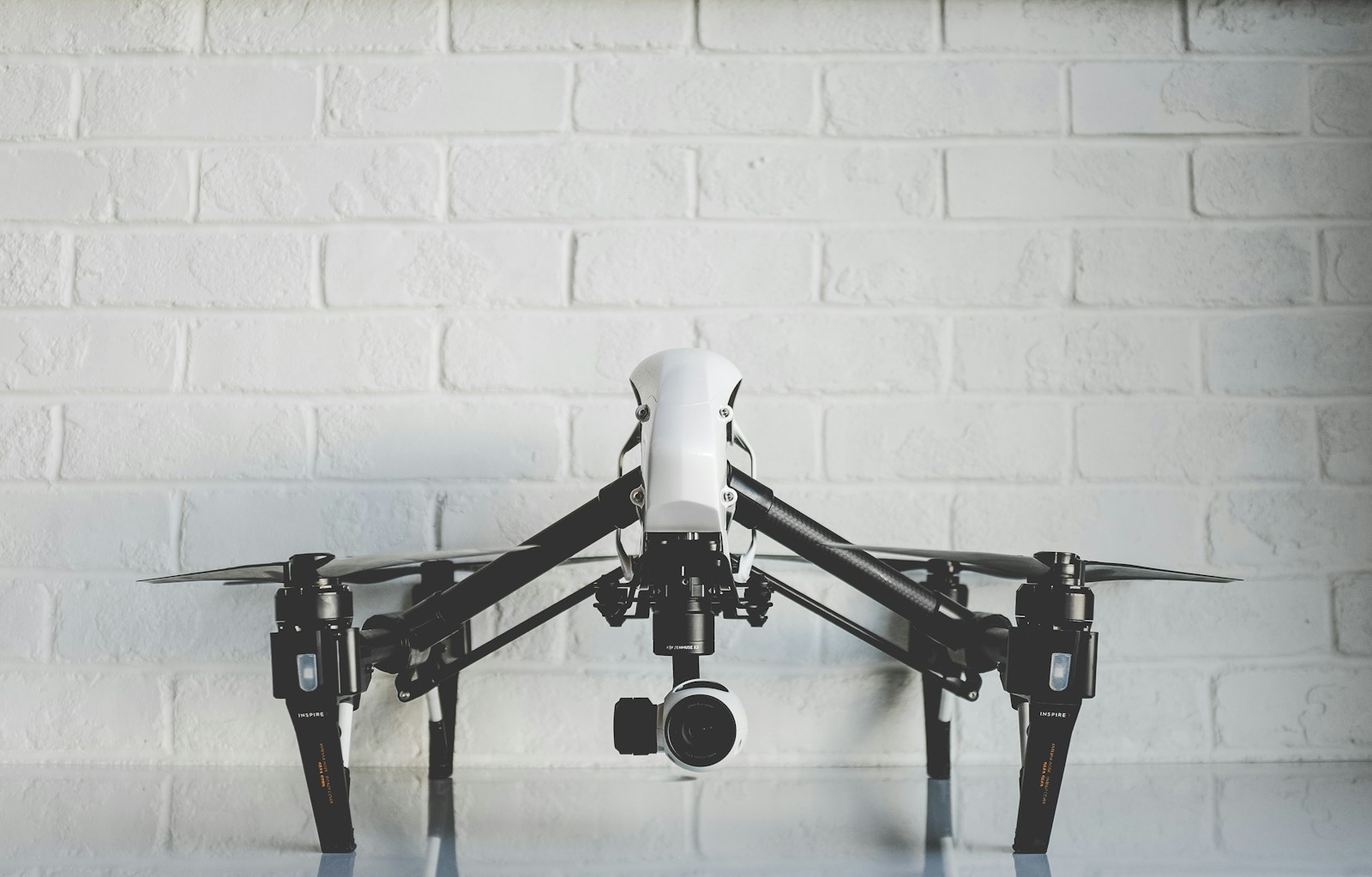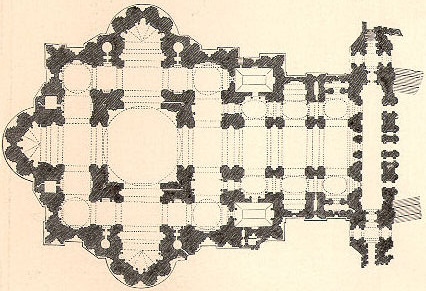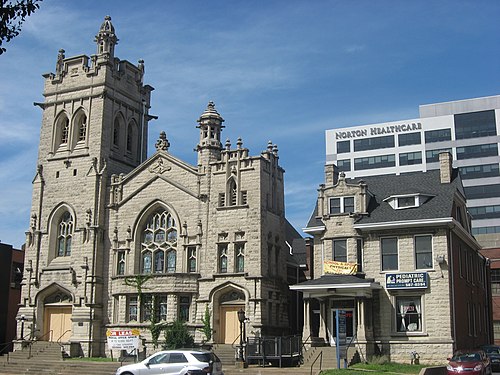Emerging Technologies for Safety of Historic Buildings

Preserving historic buildings is essential to maintaining cultural identity and understanding the past. However, these structures, often built to older building codes (if any) and lacking modern fire safety standards, are inherently vulnerable.
Implementing contemporary fire protection measures has traditionally involved intrusive interventions like installing sprinkler systems, fire-resistant cladding, or compartmentalizing spaces – often negatively affecting the aesthetic and historical integrity of the building.
A delicate balance must therefore be struck between safeguarding heritage and protecting occupants. Emerging technologies offer the potential to shift this paradigm, providing non-invasive, predictive, and adaptable safety solutions.
Innovative Technologies in Conservation & Safety
AI (Artificial Intelligence) and ML (Machine Learning) are transforming risk assessment and predictive maintenance in heritage conservation. In fact, AI algorithms can analyze data from sensors embedded (or non-destructively applied) in historical structures – measuring stress, strain, humidity, temperature, vibrations, and even sound – to identify structural vulnerabilities and predict potential failures before they occur. Other innovative technologies are:
- Risk Mapping & Predictive Modelling (Fire): AI can analyze historical fire records, building materials data, construction techniques, and site-specific environmental factors (wind patterns, fuel load) to create ‘fire risk maps’ of historic structures. This allows conservators and heritage managers to prioritize areas for mitigation. ML algorithms can learn from past incidents to predict potential fire behaviours and spread pathways within the building. Obviously, in this case the availability of complete and sufficient data is essential to have reliable answers from artificial intelligence.
- Automated Documentation & Analysis: AI-powered image analysis can rapidly document the condition of historical buildings from drone or terrestrial imagery, identifying deterioration patterns, material degradation, and potential hazards. This reduces manual documentation time and increases accuracy.
- Digital Twin Technology: Creating a ‘digital twin’ – a virtual replica of the historical building – allows for the safe simulation of various scenarios, including fire propagation, structural response to damage, and the impact of different conservation interventions. This enables informed decision-making without physically testing changes on the original structure.
Drone Technology

Unmanned Aerial Vehicles (UAVs) – commonly known as drones – have become invaluable tools for non-invasive inspection and monitoring. Their use for emergency response purposes to damaged historical buildings has been drafted in a previous post, but also in the predictive phase drones can be important in managing risks.
High-resolution imagery captured by drones allows for the creation of detailed 3D models of historical buildings, enabling accurate geometric analysis and documentation. This is crucial for understanding subtle deformations, identifying areas of damage, and planning repairs. Other possible use can be summarised as follows:
- Thermographic Inspections: Infrared cameras mounted on drones can detect temperature variations that may indicate insulation deficiencies, dampness, or even fire hazards (e.g., hotspots in electrical wiring) without requiring physical access to difficult-to-reach areas.
- Multi-Spectral Imaging: Drones equipped with multi-spectral cameras can detect changes in material composition, identifying areas of decay in paint layers, masonry deterioration, or even hidden structural defects that are invisible to the naked eye.
- Remote Monitoring of Site Conditions: Regular drone surveys can monitor changes in environmental conditions (e.g., humidity levels, vegetation growth) that could contribute to deterioration.
Fireproof Materials: Balancing Preservation with Safety
The use of fire-resistant materials is often crucial in heritage conservation, but traditionally, these materials have been aesthetically jarring or incompatible with historic construction techniques. Together with more traditional solution like:
- Intumescent Coatings: These paints expand rapidly when exposed to heat, forming a char layer that insulates the substrate and delays ignition. Intumescent coatings can be applied to wood, steel, and other materials without significantly altering their appearance.
- Mineral Wool/Glass Wool Insulation: These materials are naturally fire-resistant and can be discreetly incorporated into wall cavities during renovation, improving insulation while enhancing fire safety.
- Lime Plasters with Fire-Resistant Additives: Lime plasters are historically appropriate for many heritage buildings. Modern formulations can incorporate fire-resistant additives (like vermiculite or perlite) without compromising the breathability or aesthetic qualities of the lime plaster,
modern advancements offer alternatives that minimize impact:
- Bio-Based Fire Retardants: Emerging research explores the use of bio-based fire retardants derived from sustainable sources. These materials offer environmentally friendly alternatives to traditional chemical fire retardants.
- Fiber-Reinforced Cementitious Matrix (FRCM): Used for strengthening and repairing masonry, FRCM systems can improve a structure’s fire resistance and seismic resilience without the aesthetic impact of traditional concrete jacketing.
Intelligent Monitoring Solutions: Early Fire Detection
Traditional fire alarm systems are often reactive, sounding an alert after a fire has started. Intelligent monitoring solutions aim to prevent fires by providing early and precise detection, minimizing the need for invasive interventions:
- Wireless Sensor Networks (WSN): Small, battery-powered sensors can be placed strategically throughout a historic building – monitoring temperature, humidity, gas levels, smoke particles, and even structural strain. This data is transmitted wirelessly to a central monitoring station, providing real-time insights into potential fire hazards.
- Fiber Optic Distributed Temperature Sensing (DTS): DTS utilizes fiber optic cables to measure temperature along their entire length, providing continuous, high-resolution temperature monitoring. This is particularly useful for detecting hotspots in wooden structures or electrical systems.
- Video Analytics: AI-powered video analytics can analyze live video feeds from security cameras to identify the early signs of fire (smoke, flames, abnormal heat signatures) and trigger an alert.
- Acoustic Sensors: Advanced acoustic sensors can detect the specific sounds associated with fires (cracking wood, gas leaks), providing an early warning even before visible smoke or flames appear.
- Smart Building Management Systems (BMS): Integrating fire safety systems into a BMS allows for coordinated response, including automated ventilation to remove smoke, shut-down of HVAC systems to prevent fire spread, and automatic notification of emergency services.
Challenges and Future Directions
While these technologies offer immense potential, challenges remain:
- Cost: Implementing these technologies can be expensive, particularly for large or complex heritage assets.
- Data Management & Analysis: The vast amount of data generated by sensor networks and AI systems requires robust data management infrastructure and skilled data analysts.
- Regulatory Approvals: The use of novel materials and technologies may require regulatory approvals from heritage conservation organizations.
- Training & Expertise: Conservators and heritage managers need training in the use and interpretation of data generated by these technologies.
Conclusion
The preservation of the historical heritage demands innovation. Emerging technologies offer a viable path toward reconciling the need for modern safety standards with the delicate requirements of conservation. Through the judicious application of AI, drone technology, advanced materials, and intelligent monitoring solutions, we can create safer, more resilient historical buildings without sacrificing their cultural value. The successful integration of these technologies requires collaboration between conservators, engineers, data scientists, and heritage managers – a multidisciplinary approach that will ensure the enduring legacy of our built heritage.





